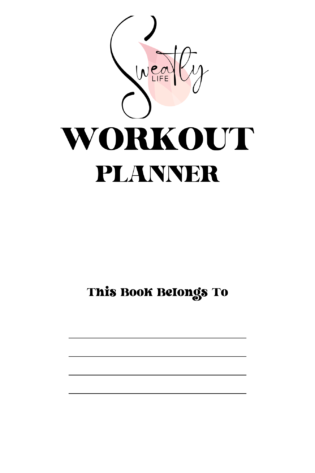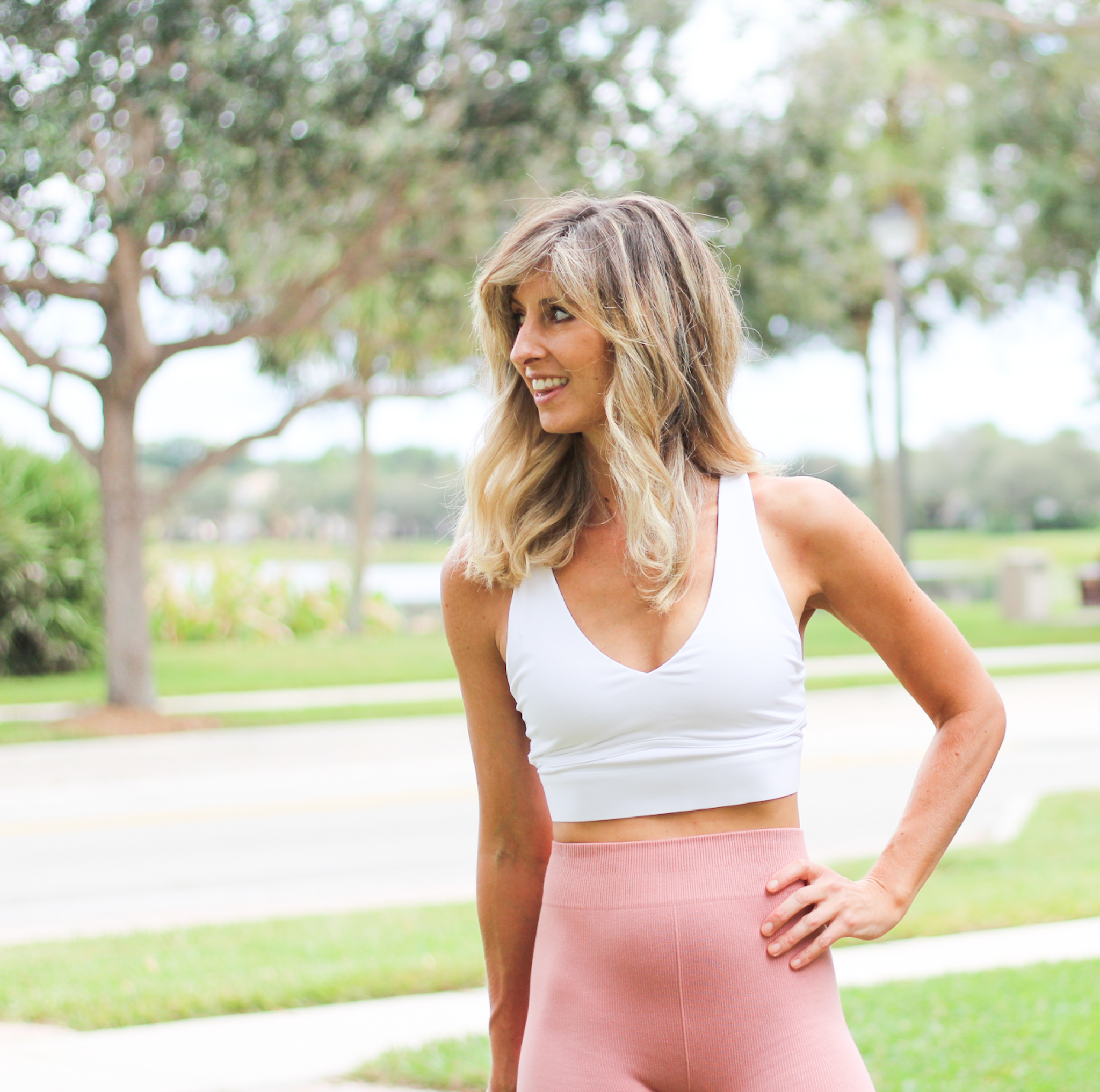
I’ve been a runner since basically high school. I was a soccer player, then I stopped playing soccer to ride horses. From there, off and on throughout my life I have been a runner. There were many times in the long winter months of Seattle that I didn’t run, and during those times I was the heaviest and not very happy. Usually every summer I’d start running again, lean out and feel amazing mentally. There is something in my blood that makes me just need to run for my mental health and physical health. Others need weight lifting or walking, or a sport. I’ve always needed running. I’ve tried to do weight lifting as my main source of exercise, and I just don’t get the same results. I’ve also talked to a lot of weight lifters, and they always add more cardio to their routine anytime they want to cut more fat. That’s because running just burns a lot of calories. Your heart rate is up, and you are using a lot of muscle groups when running. The combination of using many muscles and a lot of aerobic stress just makes for a great calorie burn. Many people don’t realize that running does also help you maintain lean muscle mass because you are using a lot of muscles. Many times, if I take a break from running, when I come back my legs, back, core and arms are sore. If you are running somewhere with hills, even better. I recently got back to Florida from visiting family in Seattle, and the hills killed me. I wasn’t used to them after years of running flat in Florida, and I was sore for days from having to run up and down hill.
I’ve also used running as a tool anytime I’ve needed to lose weight. Since I have four boys, I’ve had to lose the baby weight 4 times, and each time running has been a huge part of that. I combine my running with a healthy diet that is usually lower on the number of calories, and my body fat percentage just goes down. If you are eating fewer calories than you are burning, you should naturally lose fat. I will go over caloric intake, fasting and counting macros too, so you get a good idea of what kind of running program you want to do for weight loss, and how you can help yourself with nutrition. Ultimately, if you keep your diet the same and start running, you will lose weight. The calorie burn is enough, and usually there is an appetite suppressant with running for a while after that can help you eat less!
Scroll down for a running plan to get you started, which is what I use when I am running for weight loss!
Why Running for Weight Loss?
If you’re like me, embarking on a weight loss journey feels overwhelming with all the advice floating around. But here’s the good news: turning to running for weight loss is not just another trend—it’s backed by science and my own experience. Running is a great way to achieve a calorie deficit, an essential aspect of weight loss goals, through consistent energy expenditure. What I love about running is its flexibility—it’s an aerobic exercise that can be fine-tuned to any fitness level, helping to burn belly fat and improve overall health. Whether it’s long runs, slow runs, or interval runs, running elevates your heart rate, leading to significant weight loss over time. It’s a form of regular physical activity that not only burns calories but also can be integrated into your life regardless of your current weight or activity level. So, lace up those running shoes, because running might just be the best way to embark on a successful weight loss journey.
Maximizing Calorie Burn Through Running
When I set off on my weight loss journey, determined to shed those stubborn pounds, I gravitated towards running, knowing it was hailed as a champion calorie burner. The good news here is that running indeed burns more calories than most forms of exercise—a fact that countless studies stand firmly behind. I remember reading about one study where running significantly outpaced walking in terms of calorie burn, making it clear why my running shoes became my best friends. More fascinating was learning how high-intensity interval training (HIIT) running sessions didn’t just torch calories during the workout but continued the burn long after I’d cooled down, thanks to the afterburn effect. This discovery was a game-changer for me, making running not just a part of my routine, but a pivotal element in my weight loss plan.
Studies on calorie burn while running generally show that the number of calories burned can be substantial and varies based on several factors. Here are some key findings from research:
- Calorie Burn Rates:
- General Estimates: Research suggests that running burns about 100 calories per mile for a person weighing around 155 pounds. This number can vary based on individual factors and running speed. For instance, a study published in the Journal of Applied Physiology found that calorie expenditure increases with running intensity and body weight.
- Influence of Running Speed:
- Speed and Intensity: A study in the American Journal of Clinical Nutrition found that running at higher intensities burns more calories per minute compared to running at moderate intensities. For example, running at 6 mph (10-minute mile) burns about 600 calories per hour for a 155-pound person, while running at 8 mph (7.5-minute mile) can burn around 750 calories per hour.
- Body Weight and Composition:
- Weight and Caloric Expenditure: Research shows that heavier individuals burn more calories running the same distance compared to lighter individuals. For example, a 200-pound person will burn approximately 40% more calories than a 155-pound person running the same distance at the same pace.
- Afterburn Effect (EPOC):
- Post-Exercise Calorie Burn: Studies, including those published in Sports Medicine, indicate that running, particularly high-intensity running, increases calorie burn after exercise due to the excess post-exercise oxygen consumption (EPOC) effect. This means you continue to burn extra calories even after your workout.
- Variability in Caloric Expenditure:
- Individual Factors: A study in Medicine & Science in Sports & Exercise highlights that individual variations such as age, fitness level, and running efficiency can affect how many calories are burned. For example, more trained runners might burn fewer calories per mile due to improved running efficiency.
Overall, running is an effective way to burn calories and contribute to weight loss. The exact number of calories burned can vary, but incorporating running into your routine, along with a balanced diet, can be a powerful strategy for managing weight.
Appetite Control and Nutritional Aspects
I’ve been on this journey of incorporating running into my lifestyle, primarily aiming for weight loss, and guess what? The impact it has had on my appetite is phenomenal. Initially, I thought the key to shedding those pounds was strictly about hitting the pavement and counting miles. However, I stumbled upon some intriguing studies highlighting how running can actually suppress your appetite. It appears that the ghrelin levels—yes, that’s the hormone that screams ‘I’m hungry’ at us—significantly drop after a good run. This was a game-changer for me. But here’s the twist; running wasn’t the sole hero in my weight loss narrative. Integrating a balanced diet focused on protein and the right macros is huge. It’s like discovering the perfect duo; running curbs the immediate hunger, while the diet ensures I fuel up on the right nutrients without overeating. A revelation that transformed not just my body, but my entire approach to eating and exercise.
Immediate Appetite Suppression: Some studies suggest that running, especially at high intensities, can temporarily suppress appetite. For example, research published in the American Journal of Physiology found that vigorous exercise can decrease appetite immediately after the workout. This effect might be related to changes in hormones like ghrelin (which stimulates hunger) and peptide YY (which suppresses appetite).
Some people find that they are hungry way later after they run, which can be difficult when you are trying to eat less, but overall, running usually helps with appetite regulation.
Running While Fasted:
I prefer running first thing in the morning. I have been that way for a very long time, so running in a fasted state is completely normal for me. I can get up and run with literally just a sip of water, and running with food in my stomach gives me a side ache, or makes me feel nauseaus. There are also many benefits to fasted cardio. With no fuel in your system, you give your body a chance to burn through all the glucose in your blood from the day before. If it’s been a long time since you’ve eaten, the less glucose available for your run. From there, your body will naturally tap into stored fuel for your run, and you can start burning fat as fuel. This is a great way to start your day! Already burning fat! From there, once you add glucose or food back in your system, your body will use that as fuel for the day, and if you don’t over eat, you won’t replace the fat you burned! The hard part is making sure you don’t eat more than you need, otherwise that fuel will go back as stored fat, and you’re restarting the next day.
I definitely think running in a fasted state is why I’ve been able to stay lean. My body is ready to burn fat in the morning, and I try not to eat too late, so any stored fuel gets used for exercise.
If you struggle with running in a fasted state, you can use a good pre-workout, which those are usually like 5 calories and have a lot of vitamins and caffeine in them. This can give your body a little boost to help you get into a fasted routine. You can also try just drinking some salt water or electrolytes, which are supposed to be just as energizing as coffee in the morning!
Get the Right Running Gear!
I love a good running outfit, but the most important thing is your shoes! As you start running, you will find that shoes wear out really fast. It does make a difference on the quality of shoes you run with because they last longer and protect your knees and joints. Here are some of my favorite running shoes and gear you need for your running plan!
My favorite running shoes:
Nike womens Air Winflo 9 Running
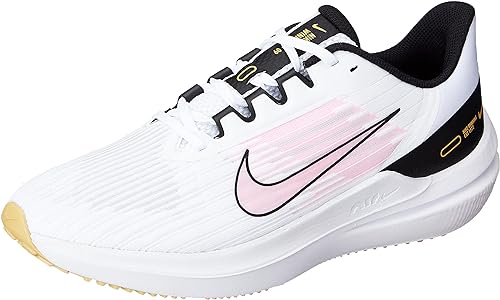
New Balance womens Fresh Foam X Evoz V3
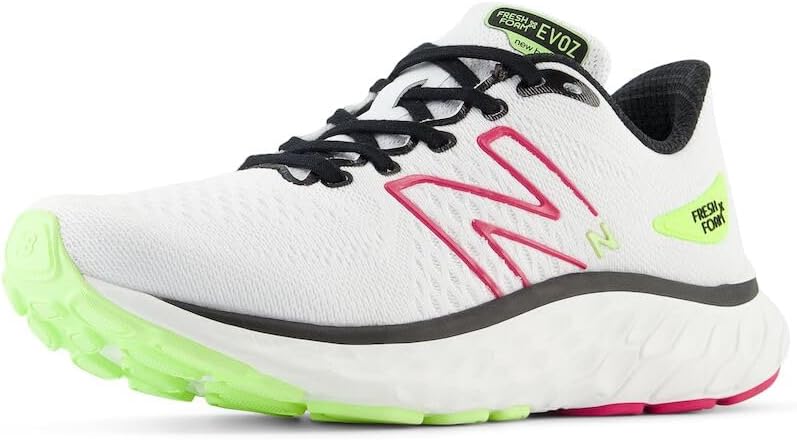
Brooks Women’s Ghost 15 Neutral Running Shoe
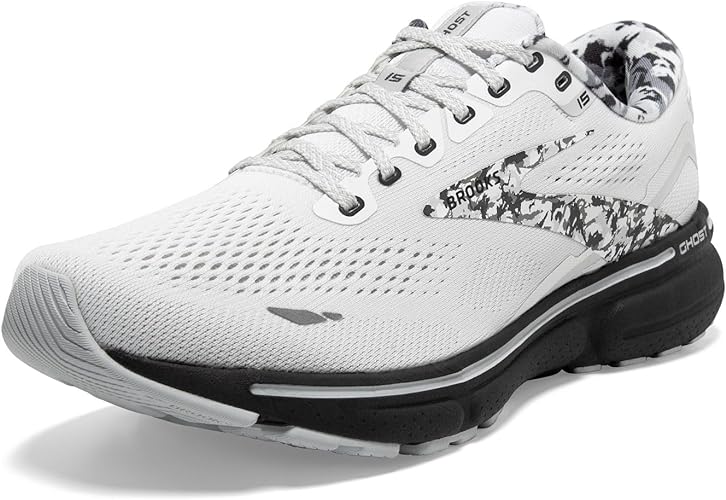
New Balance Women’s Fresh Foam Arishi V4 Running Shoe
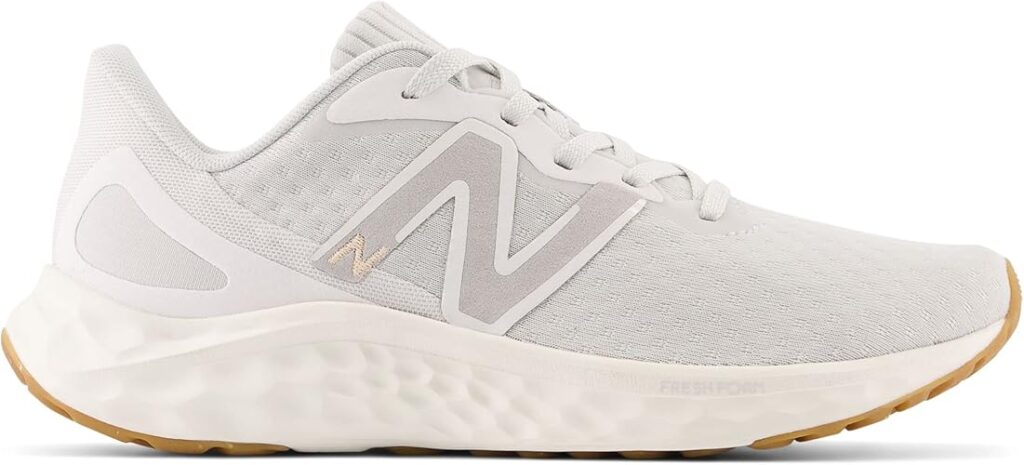
ASICS Women’s Gel-Contend 8 Running Shoes
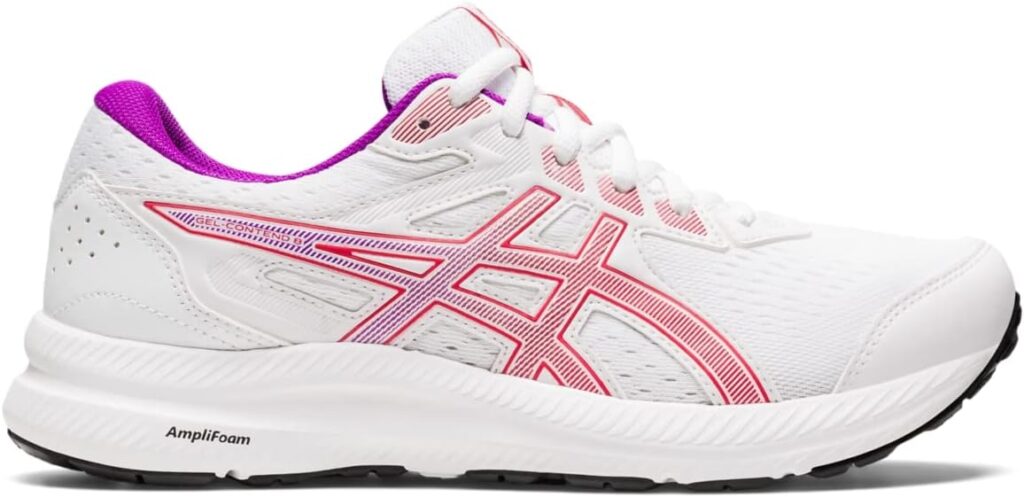
BALEAF Women’s 3″ Workout Shorts High Waisted Athletic Running Shorts
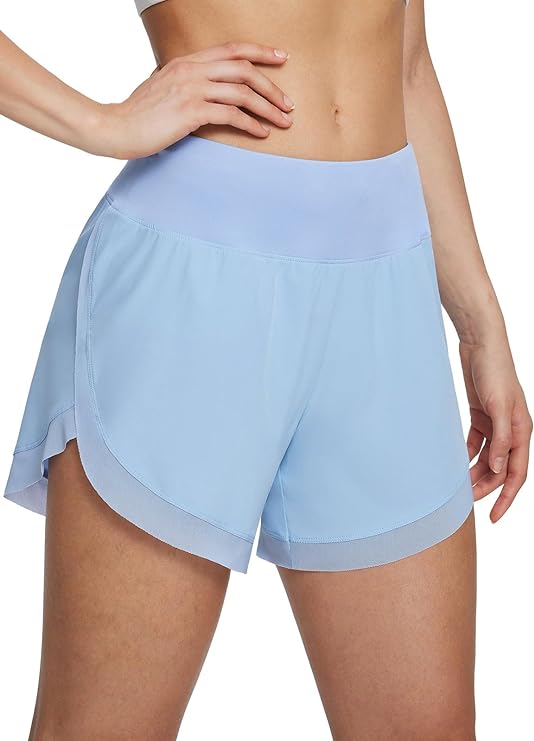
CRZ YOGA Athletic Running Shorts

RUNNING GIRL Sports Bra for Women

Nike Performance Cushion Crew Socks with Band (6 Pairs)
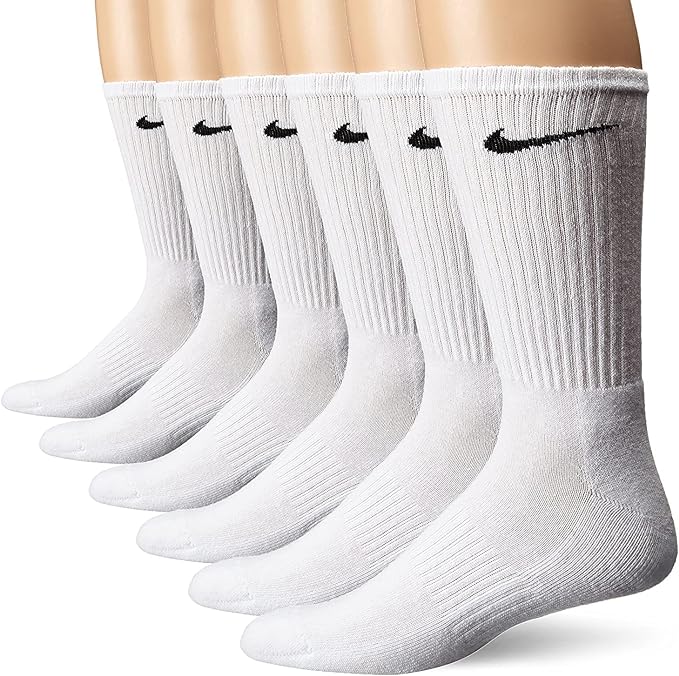
Targeting Belly Fat
When I embarked on my weight loss journey, the good news was discovering how targeted running sessions could combat that stubborn abdominal fat, transforming my body composition in ways I didn’t think possible. Research consistently points towards running as an effective way to burn belly fat, not just for its calorie burn but for its ability to target the visceral fat that’s often hardest to lose. Now, you might wonder, what’s the best time or the best way to run for fat loss? The answer lies in the consistency and variety of your running routine. Incorporating interval runs, with their high intensity, alongside slower, long runs, ensures a comprehensive caloric deficit, crucial for significant weight loss. Meanwhile, high-impact activity like running accelerates fat burn by increasing your metabolic rate, making it an effective weight loss strategy. So, lace up those running shoes, because every step on that pavement is a step towards beating belly fat for good.
Building a Running Routine:

Embarking on my running routine felt like stepping into a new world of energy levels I hadn’t known before. I kicked off slowly, mindful of my current weight and fitness level, beginning with short distances that gradually increased in length. It wasn’t about the speed; it was about building endurance and getting my heart rate up. I discovered that the best time for me to run was in the early morning, when the world was still waking up – it set a powerful, positive tone for my day. By incorporating different types of runs into my plan, like interval runs and long runs, I kept my routine exciting and my body guessing, maximizing calorie burn and staving off the monotony that comes with repetition. I gradually saw changes in my body composition, feeling healthier and more vitalised with each passing week.
Weekly Running Plan Beginners and Advanced
For Beginners:
- Day 1: Easy Run
- Duration: 20-30 minutes
- Pace: Comfortable, conversational pace
- Focus: Build endurance and get used to running regularly
- Day 2: Easy Run and Cross-Training
- Duration: 10-30 minutes
- Pace: Comfortable, even okay to walk/jog if needed on second day
- Cross training: Add in some squats, lunges, pushups and burpess
- Day 3: Interval Training
- Warm-up: 5-10 minutes of easy running
- Workout: 30 seconds of fast running (make it HARD!) followed by 1-2 minutes of walking or slow jogging; repeat for 20-30 minutes
- Cool-down: 5-10 minutes of easy running or walking
- Purpose: Boost metabolism and improve running speed
- Day 4: Active Recovery
- Light recovery run: no resting this week because you are building a habit. Do a light run for at least 20 minutes
- Stretch/additional activity: add in extra walking to build endurance on your feat, or do a yoga/Pilates class
- Day 5: Moderate Run
- Duration: 30-45 minutes
- Pace: Slightly challenging but sustainable
- Purpose: Build endurance and burn calories
- Day 6: Long Run
- Duration: 45-60 minutes
- Pace: Easy to moderate
- Purpose: Increase stamina and calorie expenditure
- Day 7: Rest
- Purpose: Full recovery
- Walk or Jog (optional): You can still walk/jog on your recovery day. The point is to build a habit during the first few weeks, then you can add rest days back in.
For Intermediate to Advanced Runners:
- Day 1: Tempo Run
- Warm-up: 10 minutes of easy running
- Workout: 20 minutes at a comfortably hard pace (slightly faster than moderate)
- Cool-down: 10 minutes of easy running
- Purpose: Improve lactate threshold and endurance
- Day 2: Light Run and Cross-Training
- Light Run: 30 minutes of an easy, fun run. Not too hard, but keeps up the rourin
- Cross-Train: Find a strength workout for runners, or do a circuit with lunges, squats, curtsy lunges, burpees, pushups and more
- Day 3: Interval Training
- Warm-up: 10 minutes of easy running
- Workout: 1 minute of fast running followed by 1-2 minutes of jogging or walking; repeat for 30-40 minutes
- Cool-down: 10 minutes of easy running or walking
- Purpose: Increase speed and cardiovascular fitness
- Day 4: Rest or Active Recovery
- Activities: Light walking, stretching, or yoga
- Purpose: Recovery and flexibility
- Day 5: Hill Repeats
- Warm-up: 10 minutes of easy running
- Workout: Run up a hill or incline for 30-60 seconds at a hard effort, then jog or walk back down; repeat for 20-30 minutes
- Cool-down: 10 minutes of easy running or walking
- Purpose: Build strength and power
- Day 6: Long Run with Variations
- Duration: 60-90 minutes
- Include: 5-10 minutes of faster running or tempo pace within the run
- Pace: Easy to moderate
- Purpose: Increase stamina, burn calories, and simulate race conditions
- Day 7: Rest
- Purpose: Full recovery
Cross-Training for Weight Loss
Adding strength and resistance training to my running routine was a game-changer for me. On my journey to a healthier me, I discovered that running alone wasn’t enough to achieve significant weight loss. It was then I stumbled upon the concept of cross-training for weight loss. Resistance training not only boosted my metabolic rate but also enhanced my overall body composition by increasing muscle mass which burns calories more efficiently. This combination of exercise made a tremendous difference, not just in how I looked, but in how I felt. The mix of aerobic exercise with strength training helped me avoid the dreaded plateau and kept my body constantly adapting and improving. Perhaps the best part was the decreased risk of injury. Running, especially long runs and high-impact activity, can be tough on your joints and muscles. Integrating strength training into my regimen helped strengthen my body, making it more resilient and less prone to the common injuries runners face. It’s this combination of running and strength exercises that propelled me towards my weight loss goals more effectively than I had initially hoped.
I use the Peloton for my cross training, and I love it! The bike adds extra cardio, while also giving me resistance to build strength. I have a lot of great resources on using the Peloton Tread or Peloton Bike for weight loss. You can grab my Peloton Bike workout plan for weight loss, or get a custom macro count, so you can quickly lose weight with your running and cross training!
Staying Motivated on Your Weight Loss Journey: Race Time!

Maintaining motivation can feel like a marathon in itself during a weight loss journey. I discovered early on that setting achievable goals was crucial. Breaking down my ultimate weight loss goals into smaller, manageable milestones kept me from feeling overwhelmed. Every week, I’d set a new, realistic target, like adding an extra minute to my run or shedding a pound. This approach made progress tangible, and celebrating these mini-victories became a huge motivational booster.
A huge helper is if you sign up for a race! This helps you focus on training for something, rather than the scale! If you just focus on weight loss, running isn’t as fun. If you are training for a race, the competition and group setting can be super motivating! You will surprise yourself at how much faster you can run during a race, and the challenge is always worth it, even if you feel terrible during the run!
I also found that running with friends is so motivating! Running by yourself every day can get to be a lot. Running with friends weekly helps take your mind off the running, makes the run go by faster, and you’d be surprised at how much faster you can run when you are distracted with a friend! You won’t notice how hard you are breathing, or you can listen to someone else chat your ear off, and let the miles fly by!
I have a lot of tricks from running for so many years, and I do know that if you start using running as a weight loss tool, it will slowly become a part of your life! It can be therapy, and I know I’ve run through so many difficult times in my life, and the runs keep you positive as you go through hard things!
-
Sale!
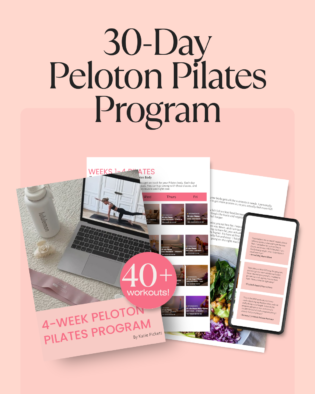
4-Week Peloton Pilates Workout Plan
$12.99Original price was: $12.99.$8.99Current price is: $8.99. -
Sale!

Peloton Diet Plan To Lose Weight + 8 Week Peloton Workout Plan Cardio + Strength
$27.99Original price was: $27.99.$22.99Current price is: $22.99. -
Sale!
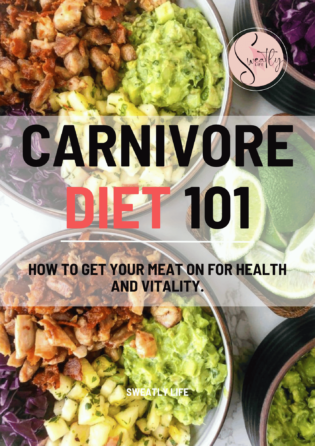
Canivore Diet Plan 101: Get Started
$7.99Original price was: $7.99.$4.99Current price is: $4.99. -
